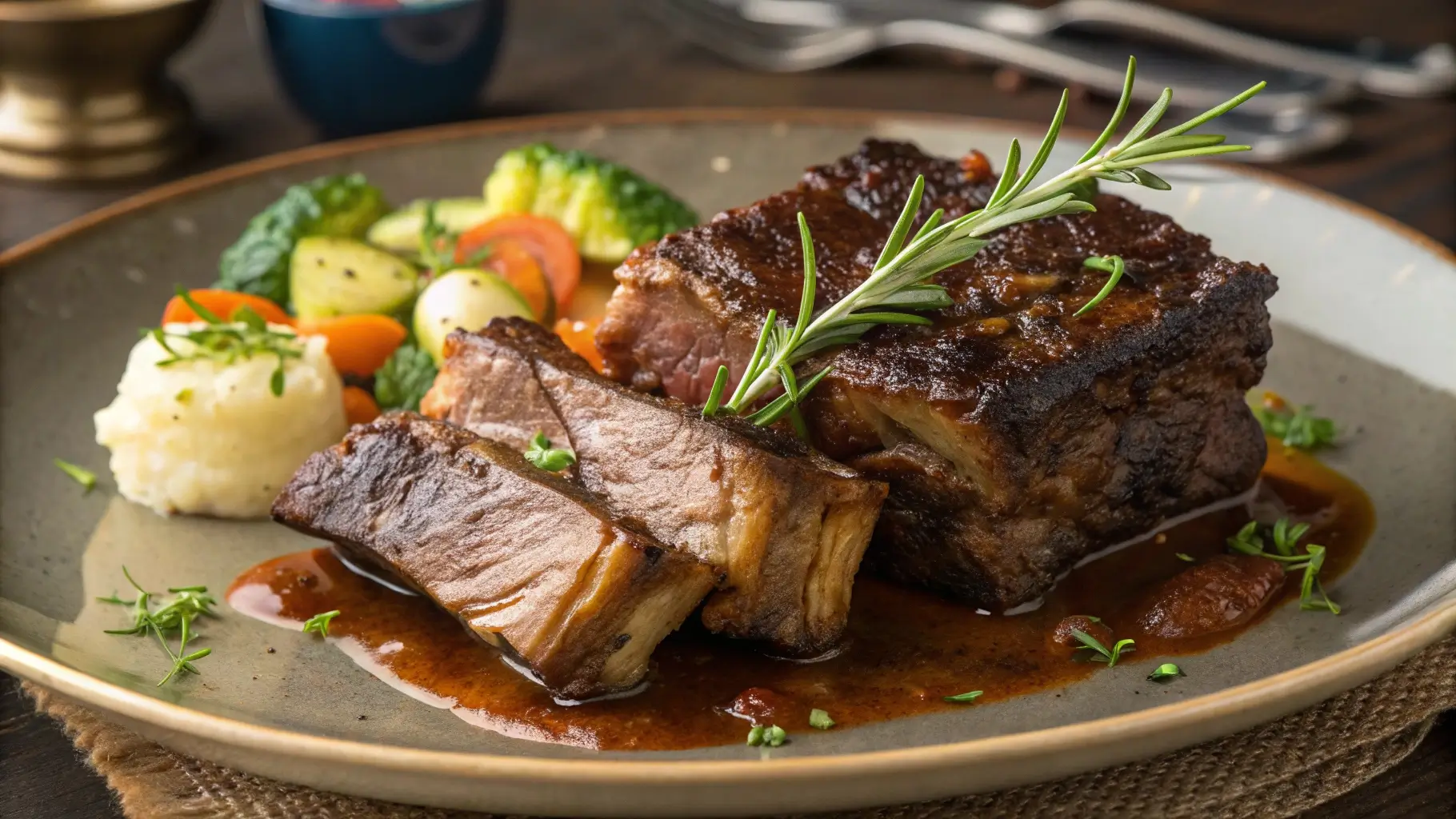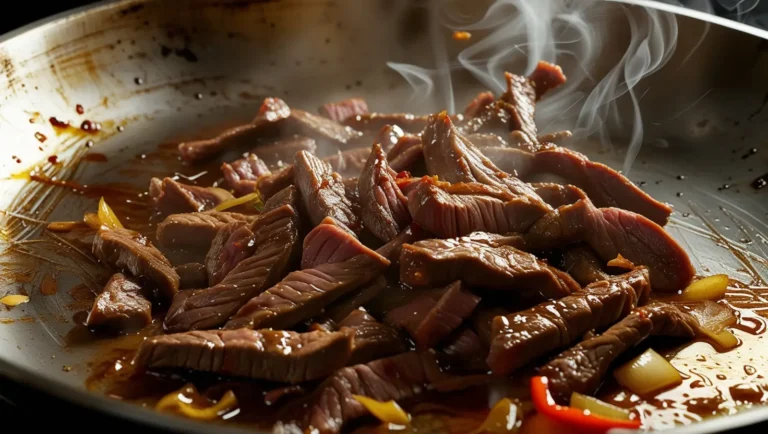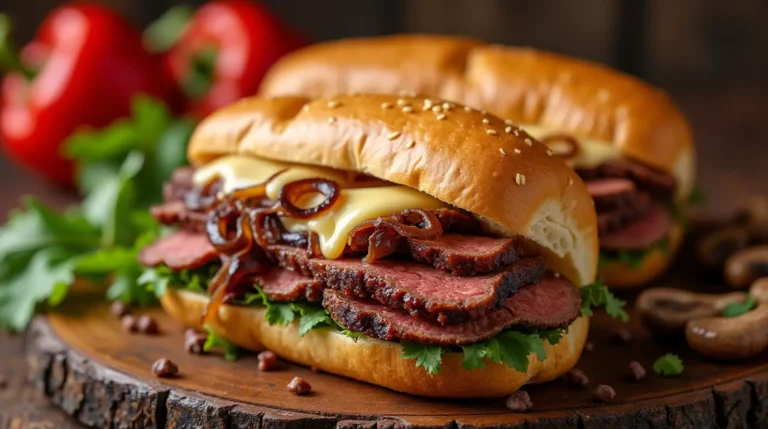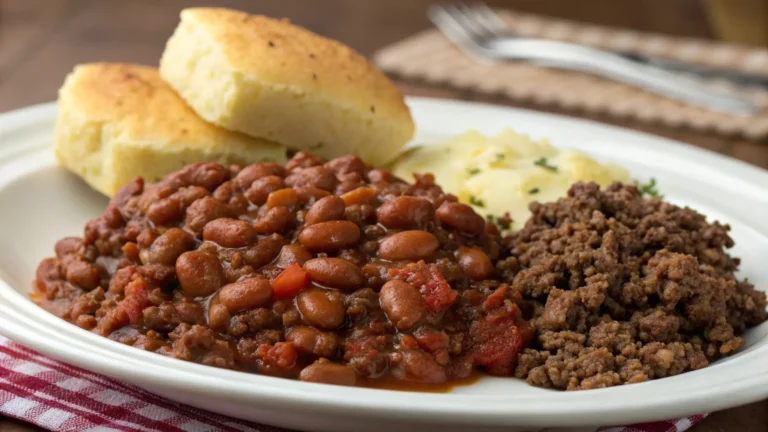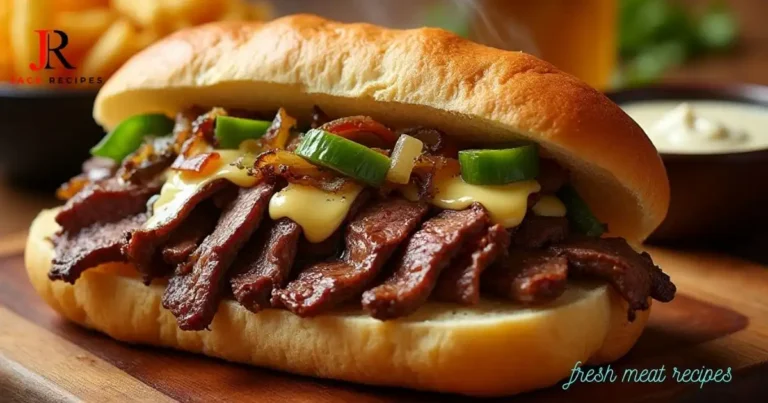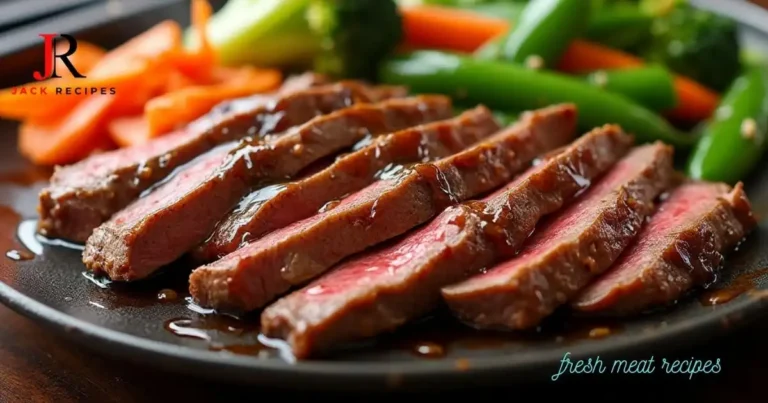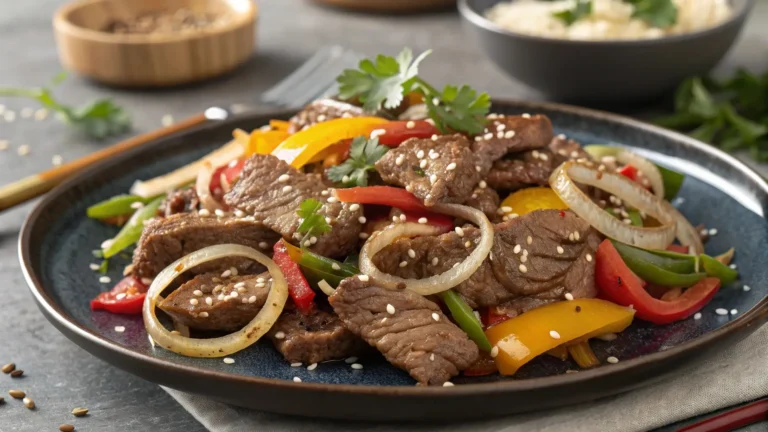How to Master Ribs Internal Temp: 2025 BBQ Guide
“Picture this: You’ve spent hours slow-smoking a rack of ribs, only to slice into dry, chewy meat. Frustrating, right? Now imagine biting into ribs so tender, the meat glides off the bone with a smoky, melt-in-your-mouth richness. The difference? Mastering ribs internal temp. Whether you’re a backyard griller or a BBQ enthusiast, this guide unlocks the science, tools, and pro tips to nail the perfect ribs internal temp every time—no more guesswork, just juicy, award-worthy ribs.”
1. Understanding Ribs Internal Temp: Why It’s the Key to BBQ Mastery
History & Importance
For decades, pitmasters have relied on low-and-slow cooking to transform tough cuts into tender delicacies. The secret lies in collagen breakdown, which starts at 160°F and peaks near 203°F, turning connective tissue into gelatin for fall-off-the-bone texture. While the USDA mandates a minimum safe temp of 145°F, true BBQ excellence requires pushing to 190–203°F for optimal tenderness.
Why Ribs Are Unique
- Fat Content: Spare ribs (from the belly) need higher temps (195–205°F) than leaner baby backs (190–203°F) due to extra collagen.
- Bone Proximity: Bones conduct heat, creating uneven cooking—a core reason to measure ribs internal temp in the meat’s thickest part.


2. Essential Tools for Perfect Ribs Internal Temp
Comparison Table: Traditional vs. Modern Tools
| Tool | Traditional | Modern |
|---|---|---|
| Thermometer | Analog (slow, less accurate) | Digital instant-read (1–3 sec accuracy) |
| Smoker | Charcoal/wood (manual temp control) | Pellet grills (Wi-Fi-enabled, precise 225–275°F) |
Must-Have Tools
- Meat Thermometer: Probe types (leave-in) for real-time monitoring of ribs internal temp.
- Butcher Paper/Foil: Wrap ribs at 160°F to speed cooking and retain moisture.

3. Step-by-Step Process: Hitting the Perfect Ribs Internal Temp
The 3-2-1 Method (Ideal for Beginners)
- 3 Hours Unwrapped: Smoke at 225°F until ribs hit 160°F internal temp.
- 2 Hours Wrapped: Foil + liquid to braise and push through the “stall.”
- 1 Hour Unwrapped: Sauce and caramelize until ribs internal temp reaches 195–203°F.
Pro Tips
- Bend Test: Lift ribs with tongs; if the bark cracks slightly, they’re ready.
- Toothpick Test: Slides effortlessly between bones = done.

4. Common Mistakes to Avoid
- Skipping the Thermometer: Visual cues (color, smoke ring) lie. Always verify ribs internal temp with a probe.
- Overcooking: Temps above 203°F dry out meat. Use alarms to avoid “cratered” ribs.


5. Best Practices for Efficiency
- Batch Cooking: Smoke multiple racks at once; adjust grill zones for even heat.
- Prep Ahead: Dry-rub ribs overnight to enhance flavor penetration.
- Temp Consistency: Use a water pan in your smoker to stabilize heat for consistent ribs internal temp.

6. Expert Insights: Pitmaster Secrets
- Aaron Franklin: “Low-and-slow isn’t a suggestion—it’s a commandment. At 275°F, you’ll still get bark, but watch that ribs internal temp like a hawk.”
FAQ Section
1. Can I eat ribs at 145°F?
Yes, but they’ll be tough. For tenderness, aim for 190°F+ internal temp.
2. Why do my ribs dry out at 170°F?
Collagen hasn’t fully broken down. Push to 195°F+ for ribs internal temp perfection.
3. “Can I use an oven thermometer instead of a meat thermometer for ribs?”
Answer:
No—oven thermometers measure ambient air temperature, not the meat’s internal temp. A digital meat thermometer (like Thermapen) ensures precise readings. Pro Tip: For sous vide or oven ribs, place the probe in the thickest meaty section, avoiding bones.
4. “Should I trim the fat cap off ribs before cooking?”
Answer:
Leave a thin layer! Fat renders during cooking, basting the meat and boosting juiciness. However, trim excess fat (over ¼ inch) to prevent flare-ups and uneven cooking. Always measure ribs internal temp in the meat (not fat) for accuracy.
5. “Can I cook ribs from frozen, or do I need to thaw them first?”
Answer:
Always thaw ribs first! Frozen meat cooks unevenly, leading to overcooked exteriors and undercooked centers. Thaw in the fridge for 24 hours or use the cold water thaw method (1–2 hours). Safety Note: Never smoke ribs straight from frozen—it risks unsafe internal temps.
Conclusion: Elevate Your BBQ Game with Precision and Confidence
Mastering ribs internal temp isn’t just about hitting numbers—it’s about understanding the science, respecting the process, and wielding the right tools. From collagen breakdown at 160°F to the butter-like tenderness at 203°F, every degree matters. Whether you’re smoking baby backs or St. Louis ribs, this guide arms you with:
- Proven Techniques: The 3-2-1 method, bend test, and pitmaster-approved temps (190–205°F).
- Modern Tools: Wi-Fi-enabled pellet grills and instant-read thermometers for foolproof accuracy.
- Avoidable Pitfalls: Overcooking, skipping rest time, or relying on guesswork.
As Aaron Franklin says, “BBQ is a marriage of time and temperature.” By prioritizing ribs internal temp, you’re not just cooking—you’re crafting an experience. Share your success with #2025RibMaster, and let those juicy, fall-off-the-bone ribs speak for themselves.
Remember:
- Always follow USDA safety guidelines (145°F minimum).
- Trust the process: Low-and-slow wins the race.
With this knowledge, you’re no longer a backyard griller—you’re a BBQ scientist. Now fire up that smoker and let perfection take center stage. 🍖🔥
Read More :
- Grilled Beef Ribs: How to Achieve Smoky Flavor and Tender Meat
- How to Cook Beef Back Ribs in the Oven for Tender, Flavorful Results
- The Best Boneless Beef Ribs Recipe for Weeknight Dinners

